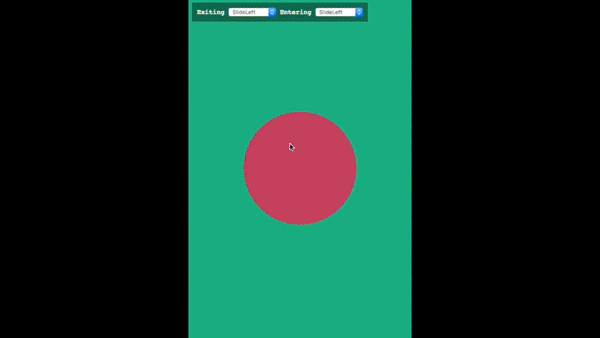State Transition Plugin for Phaser
About
Currently the switch between states is really static and a game should be able to transition between states. Therefore, this plugin does exactly that: draws the game.world into a renderTexture which is rendered on a sprite, and finally it's tweening that sprite.
Transition Examples

https://codepen.io/cristianbote/full/GjgVxg
How to use it
You have several options here including es6 imports.
Npm
npm install phaser-state-transition --saveAnd then import it in your project
import "phaser-state-transition";The plugin needs the Phaser framework to work, therefore you should make sure that this is included before the plugin's import.
Straight but nor recommended
Just download the dist/phaser-state-transition.umd.js file and you're done, but this is not the recommended way. You should use it via npm. You have better control on what version you're keeping locally.
Usage
The easiest way to use it, is by just passing a transition for entering.
import { createTransition } from "phaser-state-transition";
const EnteringTransition = createTransition({
props: {
x: game => game.width
}
});
game.state.start("stateName", EnteringTransition);The transition options to pass in are basically just some instructions for the plugin, to handle the how of the transition. You'll find there are other properties inside, like ease, duration and other properties that are not that important to have nice transitions.
API
StateTransitionPlugin
The plugin class. Normally you should not work on this class, but you could extend it if needed. The plugin does not need a class to be working.
createTransition(options)
This helper function, generates a transition object to be passed along the game.state.start method.
The default duration would be 500ms and the ease function Phaser.Easing.Exponential.InOut
@param {object} optionsThe options to create a transition object@returns {object}The transition object to be passed along thegame.start.state
Feedback
If there's something you think it could be improved let me know, or create a pr.